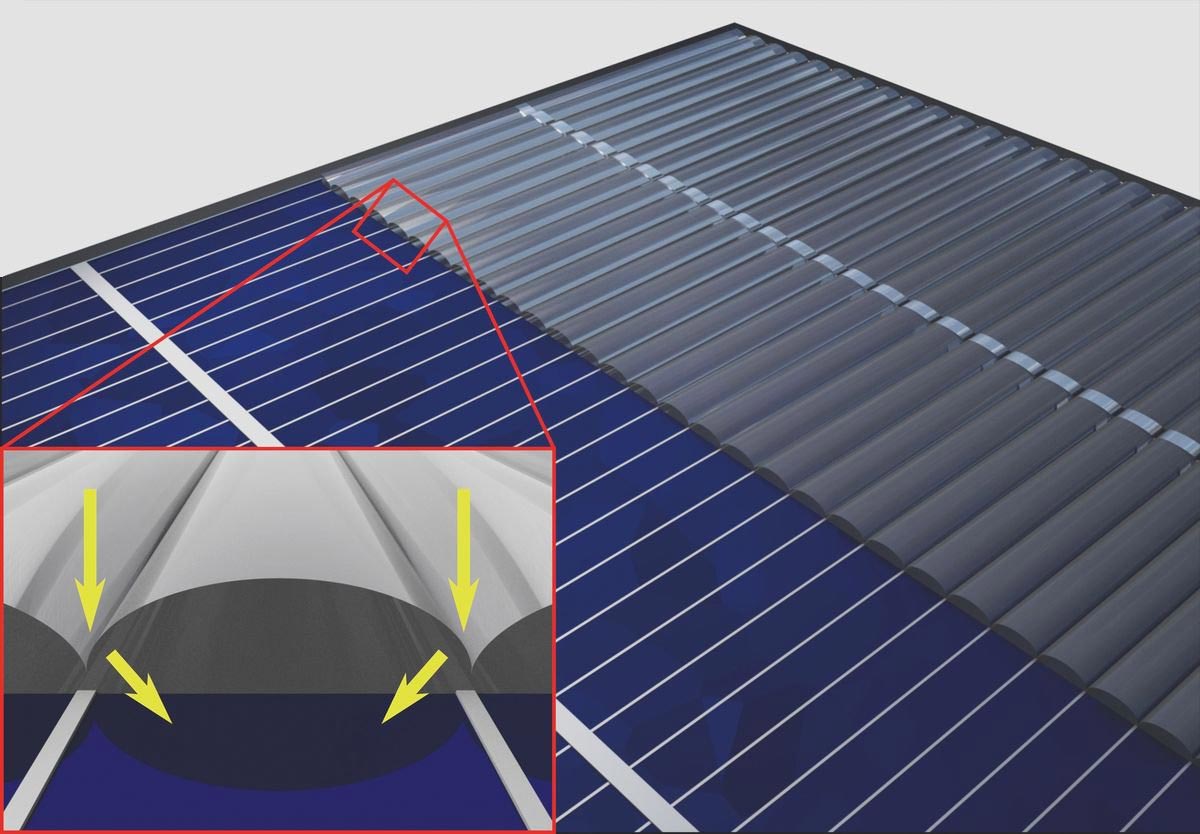Solar power is arguably the cleanest, most reliable form of renewable energy available, and it can be used in several forms to help power your home or business. Solar-powered photovoltaic (PV) panels convert the sun's rays into electricity by exciting electrons in silicon cells using the photons of light from the sun. This electricity can then be used to supply renewable energy to your home or business.
To understand this process further, let’s look at the solar energy components that make up a complete solar power system.
The roof system
In most solar systems, solar panels are placed on the roof. An ideal site will have no shade on the panels, especially during the prime sunlight hours of 9 a.m. to 3 p.m.; a south-facing installation will usually provide the optimum potential for your system, but other orientations may provide sufficient production. Trees or other factors that cause shading during the day will cause significant decreases to power production. The importance of shading and efficiency cannot be overstated. In a solar panel, if even just one of its 36 cells is shaded, power production will be reduced by more than half. Experienced installation contractors such as NW Wind & Solar use a device called a Solar Pathfinder to carefully identify potential areas of shading prior to installation.
Not every roof has the correct orientation or angle of inclination to take advantage of the sun's energy. Some systems are designed with pivoting panels that track the sun in its journey across the sky. Non-tracking PV systems should be inclined at an angle equal to the site’s latitude to absorb the maximum amount of energy year-round. Alternate orientations and/or inclinations may be used to optimize energy production for particular times of day or for specific seasons of the year.
Solar panels
Solar panels, also known as modules, contain photovoltaic cells made from silicon that transform incoming sunlight into electricity rather than heat. (”Photovoltaic” means electricity from light — photo = light, voltaic = electricity.)
Solar photovoltaic cells consist of a positive and a negative film of silicon placed under a thin slice of glass. As the photons of the sunlight beat down upon these cells, they knock the electrons off the silicon. The negatively-charged free electrons are preferentially attracted to one side of the silicon cell, which creates an electric voltage that can be collected and channeled. This current is gathered by wiring the individual solar panels together in series to form a solar photovoltaic array. Depending on the size of the installation, multiple strings of solar photovoltaic array cables terminate in one electrical box, called a fused array combiner. Contained within the combiner box are fuses designed to protect the individual module cables, as well as the connections that deliver power to the inverter. The electricity produced at this stage is DC (direct current) and must be converted to AC (alternating current) suitable for use in your home or business.
Inverter
The inverter is typically located in an accessible location, as close as practical to the modules. In a residential application, the inverter is often mounted to the exterior sidewall of the home near the electrical main or sub panels. Since inverters make a slight noise, this should be taken into consideration when selecting the location.
The inverter turns the DC electricity generated by the solar panels into 120-volt AC that can be put to immediate use by connecting the inverter directly to a dedicated circuit breaker in the electrical panel.
The inverter, electricity production meter, and electricity net meter are connected so that power produced by your solar electric system will first be consumed by the electrical loads currently in operation. The balance of power produced by your solar electric system passes through your electrical panel and out onto the electric grid. Whenever you are producing more electricity from your solar electric system than you are immediately consuming, your electric utility meter will turn backwards!
Net meter
In a solar electric system that is also tied to the utility grid, the DC power from the solar array is converted into 120/240 volt AC power and fed directly into the utility power distribution system of the building. The power is “net metered,” which means it reduces demand for power from the utility when the solar array is generating electricity – thus lowering the utility bill. These grid-tied systems automatically shut off if utility power goes offline, protecting workers from power being back fed into the grid during an outage. These types of solar-powered electric systems are known as “on grid” or “battery-less” and make up approximately 98% of the solar power systems being installed today.
Other benefits of solar
By lowering a building’s utility bills, these systems not only pay for themselves over time, they help reduce air pollution caused by utility companies. For example, solar power systems help increase something called “peak load generating capacity,” thereby saving the utility from turning on expensive and polluting supplemental systems during periods of peak demand. The more local-generating solar electric power systems that are installed in a given utility's service area, the less capacity the utility needs to build, thus saving everyone from funding costly additional power generating sources. Contributing clean, green power from your own solar electric system helps create jobs and is a great way to mitigate the pollution and other problems produced by electricity derived from fossil fuel. Solar-powered electrical generating systems help you reduce your impact on the environment and save money at the same time!
Source: http://www.nwwindandsolar.com/solar-power-in-seattle-and-the-northwest/how-do-solar-systems-produce-energy/

